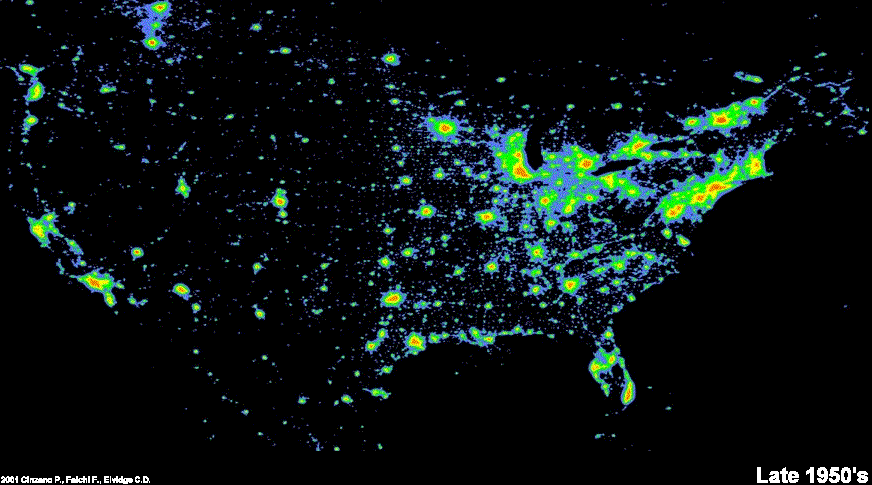|
|
The Issue of Light Pollution (and Global Warming)
Letters to the Editor published on 4/17/2008 (East Haven Courier)
Help bring this issue back on the Governor's table for further review and
consideration by signing this petition!
Let us all be united to restore the night sky to give all individuals a chance to
see the marvels of the Universe.
86
Signatures Collected as of
05/31/2025
Read the
letter and
sign
the petition.
Video by Paul Holland - Used with permissions
Light pollution is a side effect of industrial civilization. It comes from sources
such as domestic lighting, advertising, commercial properties, offices, factories,
streetlights, and lit sporting venues. It is most severe in the highly industrialised,
densely populated areas of the United States, Europe, and Japan, but even relatively
small amounts of light can be noticed and create problem.
"Light pollution" is a term that is used to refer to light that people find annoying.
Some skeptics claim that light pollution should not be compared with "real" pollution,
arguing that any instance of stray light has no long term effect. This is because
unlike traditional forms of pollution, light pollution is not persistent.
Disruption of the ecosystem
Life evolved with natural patterns of light and dark, so disruption of those patterns
influences many aspects of animal behavior (Longcore and Rich 2004). Light pollution
can confuse animal navigation, alter competitive interactions, change predator-prey
relations, and influence animal physiology.
Reducing light pollution
Reducing light pollution implies many things, such as reducing sky glow, reducing
glare, reducing light trespass, and reducing clutter. The method for best reducing
light pollution, therefore, depends on exactly what the problem is in any given
instance. Possible solutions include:
-
Improving lighting fixtures, so that they direct their light more accurately towards
where it is needed, and with less side effects;
-
Adjusting the type of lights used, so that the light waves emitted are those that
are less likely to cause severe light pollution problems;
-
Evaluating existing lighting plans, and re-designing some or all of the plans depending
on whether existing light is actually needed.
In Conneticut, we have numerous observatories, some used in a University setting and, yet, we are limiting the capabilities of such studies
facilities.
Light pollution limits the visibility of milky way to the unaided eye, the visiblity
of nebulae and galaxies seen in telescopes, and raises the noise on CCD and digital
cameras astrophotographs. Only the observation of planets and double stars is unaffected.
Low light pollution conditions, or dark skies, is one of the most important properties
of a good astronomical observing site.
-
In 2002, the Bill H. B. No. 5636, a bill to
reduce light pollution at state buildings and facilities,
found its end after one month of proposal;
- In 2003, the Bill H. B. No. 5165 was passed by the majority of votes, passed by
the Senate, but it was vetoed by the Governor;
- Still in 2003, Bill H. B. No. 6051 was proposed and, as of March
19, 2008, no actions have been taken;
-
Again in 2004, Bill H.B. No. 5024 was "Referred by House to Committee on Appropriations",
where it ended its cycle.
From 1995 to 2006, there have been many proposals to reduce light pollution.
None of them arrived to a resolution. Individual municipalities are dealing
with this issue but the road to an acceptable level is still a long one. Support
this cause by signing this petition.

Best Choice Lighting
(From
The International
Dark-Sky Association)

|
|